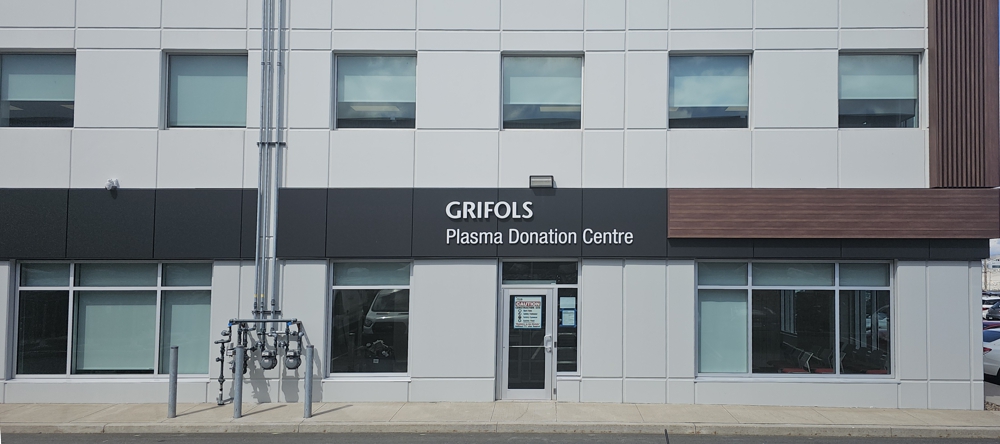plasma products
décembre 22, 2020
Chronic inflammatory demyelinating polyneuropathy (CIDP) is a rare autoimmune disorder that targets the body’s nerves. It is the most common form of chronic autoimmune neuropathy, and it is one of many disorders that can be treated using plasma products. Keep reading to learn more about CIDP and how blood plasma is used to manage this condition.
Symptoms of CIDP
Symptoms of CIDP progress slowly and occur over the course of at least two months. Chief symptoms of CIDP can include:
- Impaired motor function
- Loss of balance and your ability to walk
- Loss of sensation in your arms and legs
- Loss of reflexes
- Tingling sensations or in your arms and legs
- The gradual weakening of your arms and legs
Other symptoms may include burning, clumsiness, pain, fatigue, difficulty swallowing, and double vision.
Causes of CIDP
Anyone can get CIDP, but people in their 50s and 60s are more likely to develop it. Men are also twice as likely as women to get this autoimmune disorder. Experts haven’t identified why people get CIDP, but what is known is that it is caused by inflammation of the nerves and nerve roots.
When someone has CIDP, their body’s immune system attacks the myelin sheaths, which are the protective covering around nerve cells. This can damage nerve fibres and impair the nerves’ ability to send signals.
Diagnosis of CIDP
CIDP is a rare disorder, which means it can be difficult to diagnose. There’s no test available that diagnosis CIDP, so doctors typically ask patients questions about their symptoms and conduct a thorough physical examination. Doctors may also do blood and urine tests, a nerve conduction study or a lumbar puncture, which is a procedure that involves extracting a small sample of your cerebrospinal fluid in an effort to detect elevated levels of specific proteins that are associated with CIDP.
Healthcare providers sometimes confuse symptoms of CIDP with those of Guillain-Barre syndrome (GBS), which is another illness that causes nerve problems. However, unlike GBS, CIDP isn’t brought on by an illness. CIDP also tends to be a longer-term problem.
Treatment of CIDP
Early treatment is extremely important for patients who have CIDP, and it is critical to preventing irreversible damage. The sooner a patient begins treatment, the better their chances are of a full recovery. Common treatments for CIDP include steroids, plasma exchange (plasmapheresis), and intravenous immunoglobulin (IVIg).
Plasma exchange is used to remove immune system proteins that may be contributing to nerve damage from the blood. This treatment method has proven to be effective in up to 80% of patients.
Intravenous immunoglobulin, which is a plasma product composed of antibodies from donors, is used to mitigate the effects of an individual’s immune response. It is most effective in patients who have had symptoms of CIDP for less than a year and/or present acute symptoms of the disorder. IVIg is often used in combination with steroid treatments.
CIDP is a disorder that exemplifies just how life-changing plasma products can be. With early intervention, patients can lead relatively normal lives and avoid permanent physical impairments. If you’d like to help create therapies for patients in need, book an appointment at Canadian Plasma Resources today! Every donation helps.














